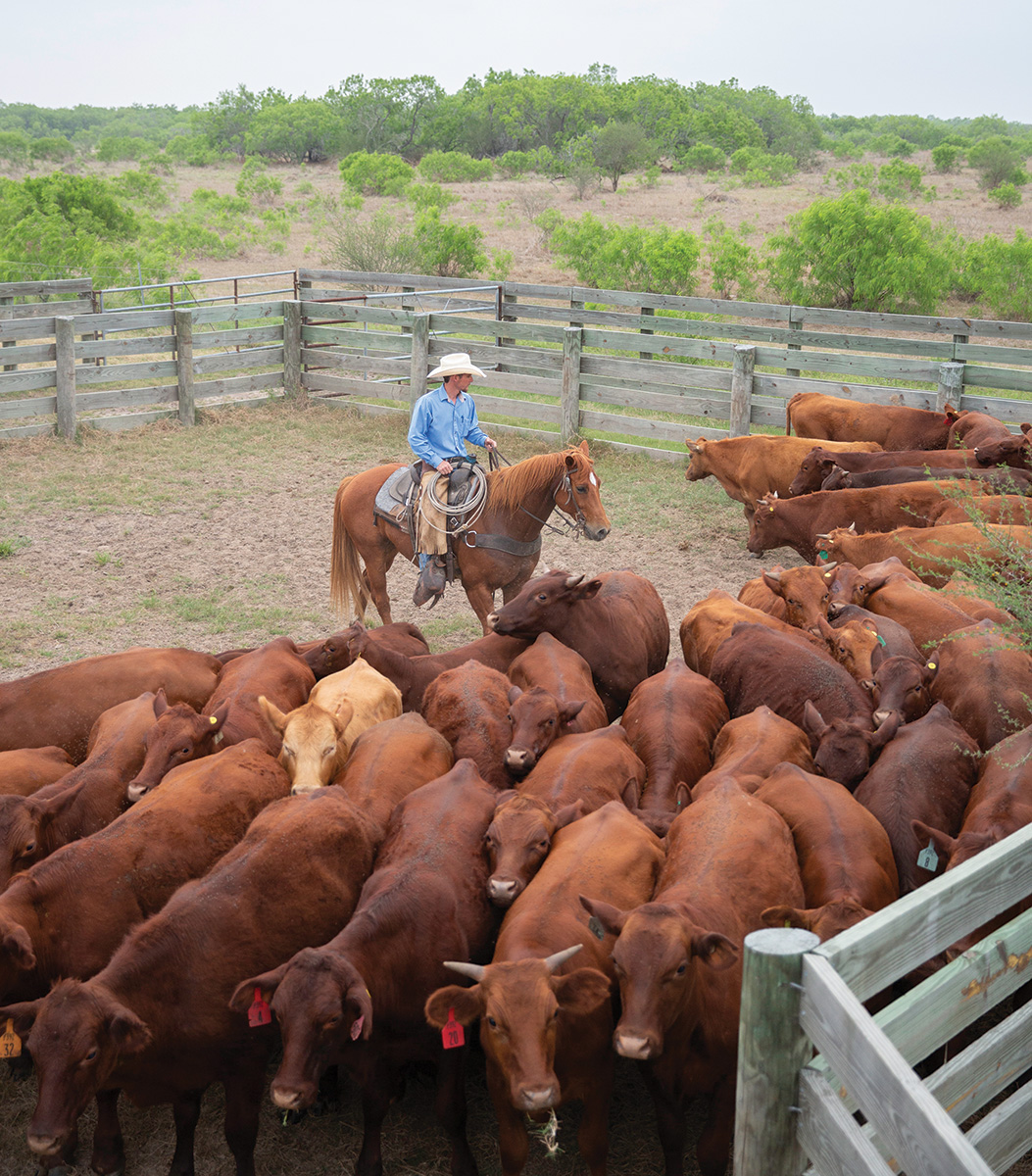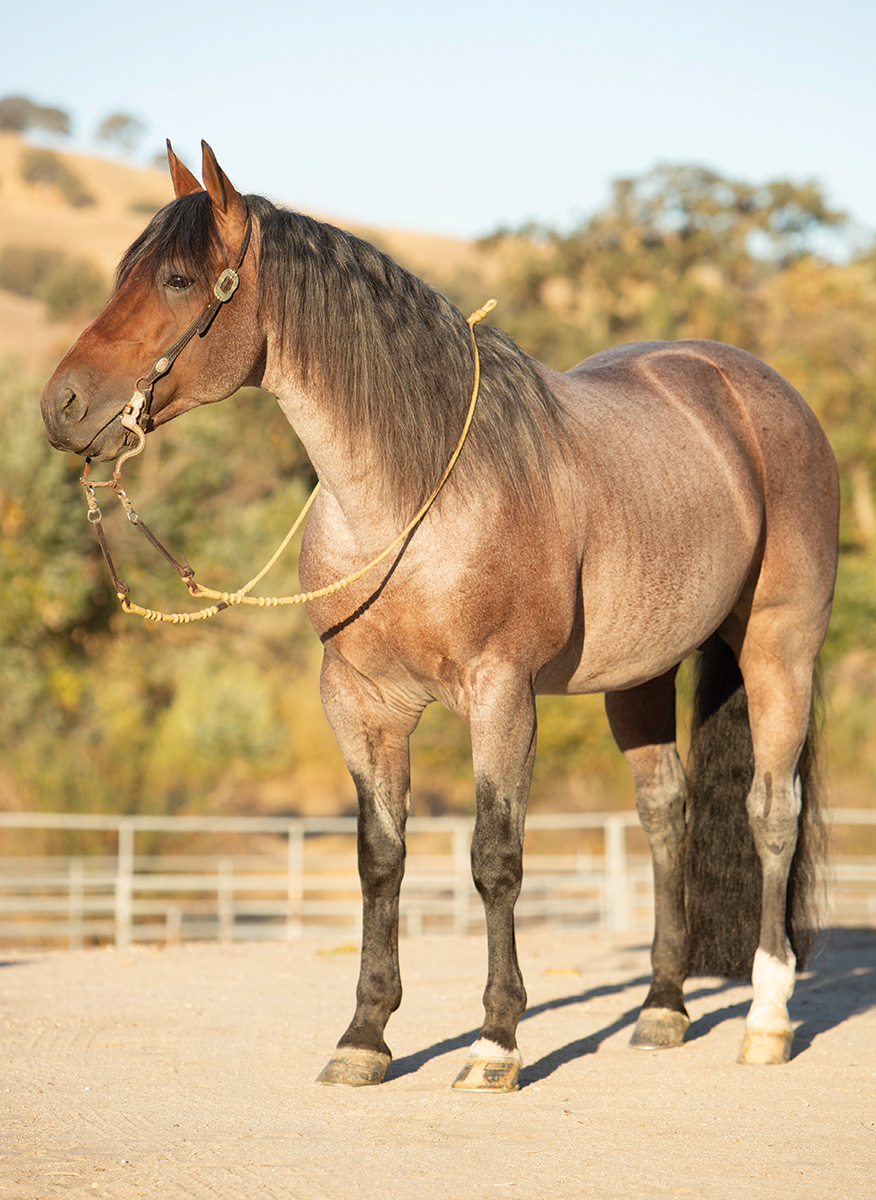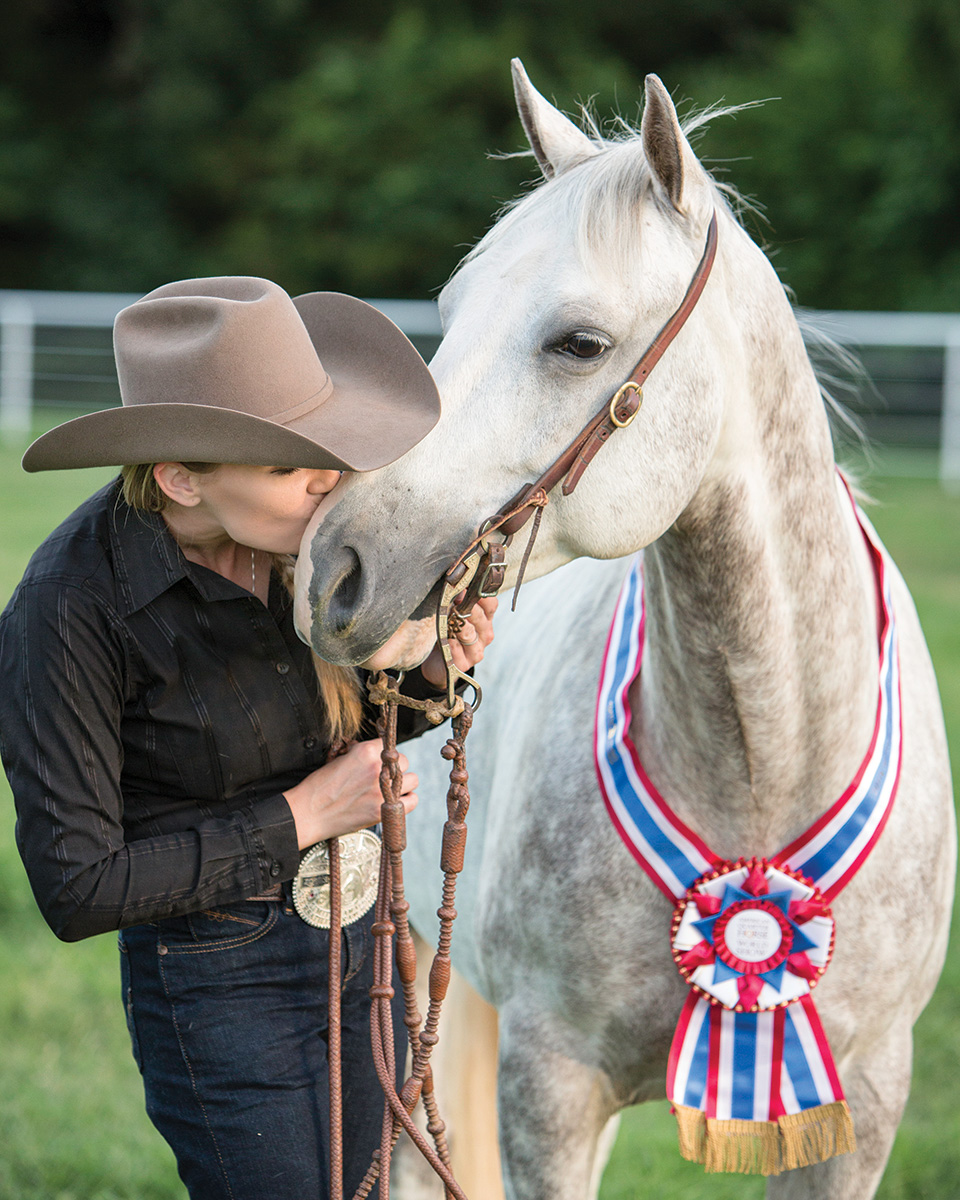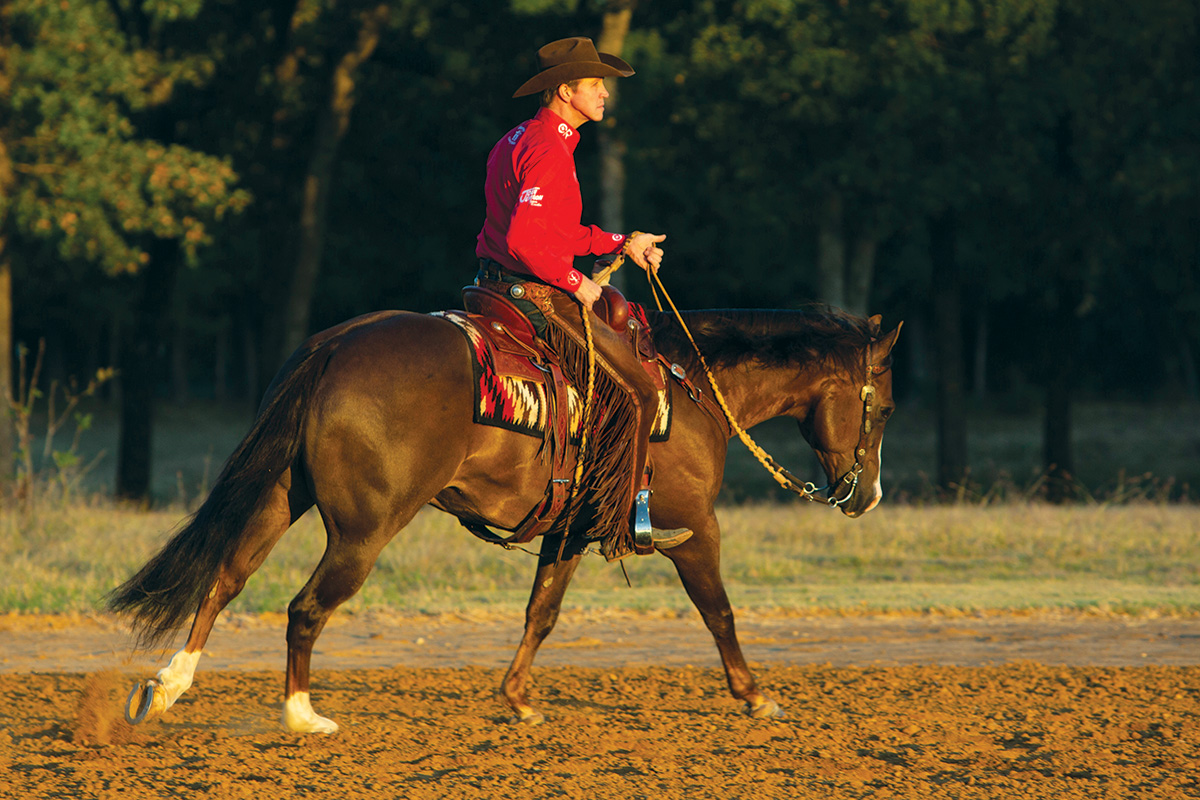The western performance horse industry is growing like wildfire, with new followers not only zeroing in on their favorite rodeo, cow horse, reining or cutting rider, but also the horses helping those riders to some of the highest-earning purses the equine industry has ever seen awarded. Most of those riders are sitting on an American Quarter Horse.
In 2022, King Ranch and Waggoner Ranch, located in Vernon, Texas, were recognized by AQHA as 100-year breeders. Those ranches not only kick-started the breed, but today continue to influence the horses competing.
All Quarter Horses must be able to run a quarter of a mile in 23 seconds or show that they are capable of Quarter Horse performance under ranch conditions, was recorded in the AQHA Executive Committee meeting minutes from April 22, 1940.
The breed has evolved to include horses that show in hunter under saddle, western pleasure, dressage, and are driven under lines. Yet, the basis of the breed remains their foundation characteristics of cow savvy, athleticism, and trainability.
A Cow Horse First
The list of stallions that have impacted the Quarter Horse breed is long, and among them is Doc Bar. Bred for speed, the chestnut stallion was born in 1956, sired by Lighting Bar and out of the mare Dandy Doll, a daughter of Texas Dandy.

In the halter arena, Doc Bar was a champion, but it would be his offspring that truly influenced the future horses bound to compete in the National Cutting Horse Association, National Reining Horse Association, National Reined Cow Horse Association (NRCHA), and the versatility ranch horse arena.
“They were great horses,” says NRCHA Hall of Famer Bobby Ingersoll of Doc Bar foals. “They were great then and would be great today. They were athletic, quick-footed, had a lot of cow instinct and were quick to train. I showed the first Doc Bar foal at the NCHA Futurity, I’m pretty proud of that. [Cow horses] had a lot of old foundation breeding, [but] when Doc Bar came [along] we had a little different type of horse, and they were pretty horses, too. Who doesn’t want to ride a pretty one?”
Looking at the performance horse industry, you can still trace Doc Bar bloodlines to the winners in nearly every discipline. The 2023 NRCHA World’s Greatest Horseman Champion Phillip Ralls rode Call Me Mitch to the title, and the roan stallion is by Metallic Cat and out of the Docs Hickory (by Doc Bar) daughter Miss Hickory Hill.

“Doc Bar brought the look,” recalls Bill Enk, NRCHA Hall of Fame member, trainer and NRCHA director of judges. “The eye appeal box [on a score card] was for Doc Bars. They looked at a cow, they got around on one and looked pretty doing it. The Doc Bar line is still on a lot of pedigrees. He has influenced an industry.”
Ranch to Arena
Today, ranch riding is one of the most entered events in the AQHA. With the addition of the AQHA Versatility Ranch Horse World Championship Show and the inclusion of the stand-alone ranch riding class at the AQHA World Championship Show, horses bred, raised and used on the ranch have a place to compete. The ranch horses “shine up” to hit the show pen.
Jessica Rumbaugh and her gelding, Boonfull Of Caesar, who has Doc Bar on both sides of his pedigree, won the 2018 AQHA Versatility Ranch Horse Amateur World Champion title. The gray gelding may look sharp showing, but he’s also been known to push Rumbaugh’s grass-fed beef cattle around on their former El Campo, Texas, ranch.
“I bought him as a cutting horse, but his athleticism made adding the other classes for versatility—ranch riding, ranch reining, working cow horse and ranch conformation—easy to do,” says Rumbaugh. “He is just a great horse.”

Aboard Lil Trash Talk, another Doc Bar descendent, Texas trainer Bud Lyon captured the 2020 AQHA Junior Ranch Riding World Champion title and the 2021 AQHA Senior Ranch Riding World Champion title. The sorrel horse was bred by Brooke Wharton, who grew up on the Waggoner Ranch. It’s that connection between today’s show horse and the base members of the breed that continues to drive the Quarter Horse’s evolution on the ranch and in the show pen.

Where the Quarter Horse excels is showcasing the versatility of the breed, especially in the western performance horse classes. With the growth in today’s cow horse, cutting, reining and ranch horse events, the breed may be moving farther away from the original stallions (like Doc Bar) on paper, but the characteristics of the horses remain true to the breed’s standard.
This article about the Quarter Horse’s ranch roots appeared in the July 2023 issue of Horse Illustrated magazine. Click here to subscribe!





